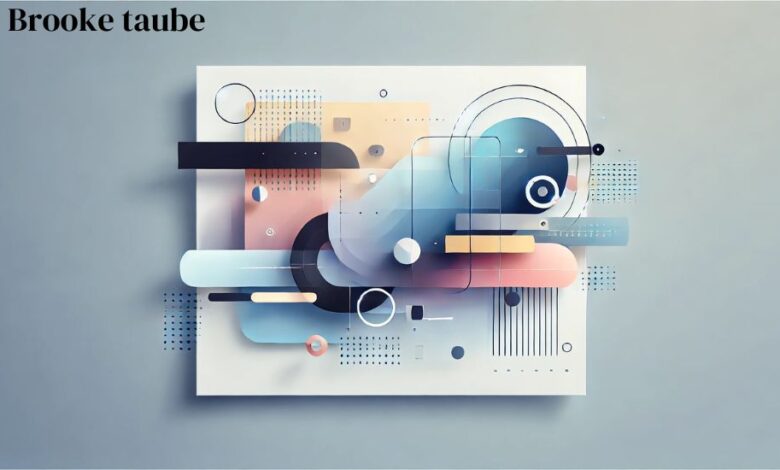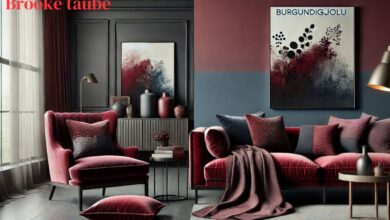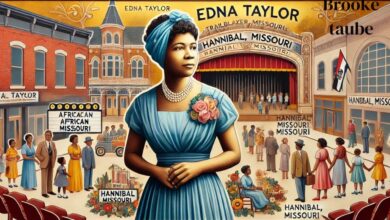The Role and Impact of Design:5exwzo_yaxi= Background in Modern Visual Design

The concept of design:5exwzo_yaxi= background has emerged as a critical element in contemporary visual design across various media, from websites and mobile applications to print and digital artwork. Although backgrounds may seem like passive elements in design, they play an active role in enhancing the main content, setting the overall tone, and guiding the viewer’s experience. To understand the full importance of design:5exwzo_yaxi= background, it’s crucial to explore how backgrounds function, what elements they incorporate, and why their thoughtful design can elevate any visual project.
In this article, we will delve deep into the essence of design:5exwzo_yaxi= background, how it shapes the visual narrative, and offer tips on creating compelling backgrounds that align with the latest trends.
Understanding Design:5exwzo_yaxi= Background
At its core, design:5exwzo_yaxi= background refers to the strategic arrangement of visual elements behind the main subject or content of a design. While it may seem like a secondary concern, the background is often responsible for enhancing or even transforming the viewer’s perception of the foreground. In digital interfaces, for example, a well-crafted background can improve user engagement by making a website or application more intuitive and visually pleasing.
One key role of design:5exwzo_yaxi= background is to provide context. The background often frames the subject, helping to tell a story or establish a mood. For example, a calm blue gradient may evoke tranquility and balance, while a dynamic pattern of bright colors and textures can inspire energy and excitement.
Elements of Design:5exwzo_yaxi= Background
Several elements contribute to the effectiveness of design:5exwzo_yaxi= background, each one carefully selected to serve a purpose within the design.
1. Color Palette
Color is one of the most impactful elements in any visual composition. In design:5exwzo_yaxi= background, selecting a fitting color palette can evoke the desired emotional response from the audience. Warm tones like reds, oranges, and yellows often stimulate energy and passion, while cooler tones like blues and greens evoke calmness and trust. The psychological effects of color make it a fundamental aspect of background design.
For example, a design promoting wellness or mindfulness may use soft pastels to induce a sense of serenity, while a website for a cutting-edge technology company might use dark, sleek tones to suggest innovation and professionalism.
2. Texture
Texture adds depth and complexity to a design. In design:5exwzo_yaxi= background, textures can range from subtle patterns, like soft gradients or paper-like finishes, to more pronounced textures, such as wood grain or abstract digital art. The addition of texture enhances visual interest and can make a design feel more tangible and engaging. By breaking the monotony of flat colors, textures can also direct attention toward the main subject without overpowering it.
3. Patterns and Shapes
Incorporating patterns and geometric shapes is a popular way to introduce rhythm and movement into a design. With design:5exwzo_yaxi= background, patterns can serve as a creative backdrop that complements the foreground elements. The key is to strike a balance—patterns should enhance the design without distracting from the primary content. Geometric shapes, whether soft or angular, can guide the viewer’s eye or create a more dynamic layout.
4. Imagery
Background imagery, whether in the form of photography, illustrations, or abstract designs, is often used to strengthen the narrative of the design. In design:5exwzo_yaxi= background, images must be chosen with care, ensuring they resonate with the overall theme of the project. For instance, using high-resolution landscape photos as a background can work wonders for travel-related websites, providing a sense of adventure and open spaces. Similarly, abstract digital art might be fitting for a background intended for modern or tech-related projects.
Designing Effective Backgrounds
Creating a compelling design:5exwzo_yaxi= background requires an understanding of how all these elements interact. It’s not just about making a background visually appealing—it’s about ensuring it complements the main content without overpowering it. Here are some practical tips for designing effective backgrounds:
1. Balance Simplicity with Complexity
The background should serve as a complement, not a competitor, to the primary elements of a design. Simple backgrounds, such as soft gradients or muted textures, work well when the foreground is more intricate. Conversely, if the foreground is minimal, a complex background with bold patterns or rich textures can add necessary visual interest.
2. Experiment with Layering
Layering elements in design:5exwzo_yaxi= background can create a sense of depth and sophistication. This is often achieved by adding multiple textures, gradients, or patterns on top of each other with varying transparency levels. Tools like blending modes in Adobe Photoshop or layering in design platforms such as Canva make it easy to create intricate, layered backgrounds.
3. Tailor the Design to the Audience
The aesthetic preferences of your target audience should influence the choices you make in background design. For instance, a younger audience may appreciate vibrant, bold designs with high contrast, while a professional or corporate audience might favor sleek, minimal backgrounds with understated colors.
Emerging Trends in Design:5exwzo_yaxi= Background
Background design is constantly evolving as new technologies and design philosophies emerge. Keeping up with trends can ensure that your designs remain relevant and engaging.
1. Minimalist Backgrounds
Minimalism is a trend that emphasizes simplicity, clarity, and purpose. In design:5exwzo_yaxi= background, minimalism often manifests through the use of plain or subtly textured backgrounds that focus attention on the central content. This approach works particularly well in web design and mobile apps, where functionality and readability are paramount.
2. Dynamic and Interactive Backgrounds
Dynamic backgrounds, which change based on user interaction, are becoming increasingly popular in web and app design. For example, parallax scrolling, where background images move at a different speed than the foreground, creates a sense of depth and immersion. Similarly, animated backgrounds that subtly shift or react to user input can engage users and make a design feel more interactive.
3. AI-Generated Backgrounds
The rise of artificial intelligence in design has introduced new possibilities for creating backgrounds. AI-generated designs can produce unique, highly detailed backgrounds that evolve based on the context or the user’s preferences. This technology is particularly exciting for creating customizable web backgrounds or responsive design elements that adapt in real-time.
Conclusion
Design:5exwzo_yaxi= background is more than just a backdrop for the main content—it’s a powerful tool that can elevate the entire design. By carefully considering color, texture, patterns, and imagery, designers can create backgrounds that not only enhance the visual appeal of their projects but also convey the intended message effectively. As design trends continue to evolve, staying aware of new techniques, such as dynamic backgrounds and AI-generated visuals, will ensure that your designs remain cutting-edge and engaging.
In summary, design:5exwzo_yaxi= background is an essential component of modern visual design, and mastering it can lead to more impactful and memorable projects.



